How We Raised $65,000 For 2 Overlapping Crowdfunding Campaigns
By Jaclyn Sorese
At Vab Media Web Design & SEO Marketing Firm, we love to share our insights / knowledge with others. With that said, we are happy to offer our readers and clients 10 key takeaways and actionable lessons we discovered, which should be used for your next crowdfunding campaign and general marketing efforts online.
Whether or not you ever run a crowdfunding campaign, there are lessons to be learned that can be valuable to any marketer, business owner or entrepreneur. When it comes to raising awareness or promoting a brand, product, service or cause, the usual marketing channels of content marketing, Search Engine Optimization (SEO), social media strategy and public relations journalist blogger outreach are what is necessary to find and connect with people and customers. The main difference with crowdfunding campaigns compared to marketing a business or start-up online is the time frame discrepancy, normally marketing or SEO takes 12 to 24 months to see awesome results but with crowdfunding, you usually only have 30 to 60 days; so it’s marketing on hyper speed.
The Background & Catamaran Literary Reader
In 2012, local Santa Cruz startup, Catamaran Literary Reader, contacted us for help with their crowdfunding campaign on Kickstarter. However, we were hired at the end of the campaign, so we didn’t get to see the entire thing through from start to finish. The Catamaran Literary Reader is a visual and literary magazine released on a quarterly basis. Catamaran Literary Reader organization is “Based in the new Tannery Arts and Digital Media Center Studios, in Santa Cruz, CA., our mission is to capture the vibrant creative spirit of The West Coast in writing and art from around the world.”
In 2013, however, Vab Media was hired again by Catamaran Literary Reader to run the whole campaign from start to finish. We thought we could just use social networks and emails to get crowdfunds…well…we were wrong. We began with trying to target advertisements to a landing page that would give people an e-magazine trial of the art and literature found in the magazine before the beginning of the campaign in order to acquire more interest in the magazine, along with emails so that we could let them know when the campaign would begin. We also focused on developing a new wave of followers on @CatamaranLit on Twitter, by following authors and artists, and engaging with them and their content. We also started posting more on Google Plus, focusing mostly on literature and arts communities. Since they had a few videos, we dressed up Catamaran’s YouTube channel and moved their videos from Vimeo to YouTube. We attempted to reach out to a few CEOs and influential backers to pledge higher amounts. In the end, Catherine Segurson, Founder, Editor-In-Chief, Catamaran Literary Reader, ended up reaching a backer who pledged an amount that would let us hit the mark. Both online and offline marketing were essential in both campaigns.
The Background & Trek Medics International
At around the time that the Catamaran Kickstarter campaign was underway, Jason Friesen of Trek Medics International contacted Vab Media to assist his crowdfunding campaign on Indiegogo. “Trek Medics International is dedicated to reducing the global burden of premature death and disability in vulnerable communities through the development of prehospital and emergency care services.” But why would Vab Media chose to take on two crowdfunding campaigns back-to-back? Such a task could be insurmountable and it’s certainly a good question to ask…we have no great answer, except for the fact that we wanted to help our clients and are always ready for a challenge. Crowdfunding is a full time gig, and you definitely need all the resources you can get.
Vab Media’s Top 10 Lessons Learned From Crowdfunding
Based on our two parallel crowdfunding campaigns, we must say that we learned a lot of information. Our crowdfunding campaigns taught us 10 very important lessons:
#1-Contact your marketing team a few months prior to the campaign launch– set clear goals with your marketing team before hand. Begin by explaining and detailing action items to your team members as to what you’re actually trying to fund, whether it’s a tangible program, like training ordinary people into real life first responders in Haiti (like we saw with Trek Medics), or a more varied use of proceeds, such as support for your overhead costs. Also, make sure you define your goals with each team member and how you will measure their performance. Examples of tracking performance would be url shorteners like bitly, analytics tools and recording work in Google Documents. Indiegogo added a new dashboard as of Oct. 2013 that is really kick-ass and shows a ton of helpful analytics. Some other items you will want to focus on include your expense base. This will include all expenses and proceeds that contribute to your base of support- core supporters, active fundraisers, active donors and social followers, including email lists. Studies have shown that practically 3-5% of your email list will transition into fundraisers.
- Kickstarter gives you referral data from websites and social networks.
- Indiegogo does it a little differently by giving you data from referrals–the number of people who found your campaign page through a shared link which you or one of your fans shared online.
#2-If you are a 501(c)(3) non profit- apply via Google Applications for non-profits 2-3 months before the launch of your campaign– Google for Nonprofits offers nonprofit organizations access to free ad products. Google’s non profit initiative can help your campaign find donors, you never would have reached through mainstream venues; your supporters and volunteers will be more active and motivated and word of mouth is invaluable. Strategy, strategy, strategy- what is your strategy? Your strategy needs to be one that undeniably drives more traffic to your website. Such a strategy can be greatly assisted by the use of Google AdWords whereby you can vastly improve the chances that a web user discovers your website online because your business’ ads are visible in Google search results. The problem, or caveat, is that in order to take advantage of using ads to help drive more engagement and people to your cause, you need apply for Google’s non profit program at least 60 days prior to launching your campaign, or you will not be able to use them. And just to let you know some nonprofits receive up to $329 dollars daily of free AD SPEND from Google each month. There are some restrictions on what the maximum keyword bidding prices you can go after, but all in all, if you are a registered non profit it is a valuable marketing tool to use. Trek Medics International was chosen and awarded a $250,000 seed grant by Google.org to continue developing their innovative solutions for 9-1-1 emergency dispatching in the developing world.
#3-Having a good press list is key– It is never easy to get famous journalists that work for major news organizations to respond or pay attention to your cause, or even write about or run your story. We have two tips for this section. Sometimes smaller and more niche news sites can be very effective in getting your message out and even better at reaching people who are relevant (i.e. people who actually care about your cause and donate.) As an example for Trek Medics International, who is a sustainable business, Triple Pundit was a perfect place to publish. Triple Pundit also tweeted Trek Medic’s cause out to their 21,000 plus followers. Vab Media’s second idea of creative ways to contact journalists comes from Jason Friesen, Trek Medics International’s Founder. You never know how many alumni from your college you attended who now work for major news outlets. Jason’s post graduate degree from Columbia University helped him promote Trek Medics’ campaign. An alumn from Jason’s school happened to be a blogger who now writes for the prestigious Time Magazine’s Business Section. He wrote a great story on Trek Medics’ cause which gave the cause more legitimacy towards the end of the campaign.
#4-Constantly posting updates from your campaign– this is a great way to keep people updated about what has been going on since you started the campaign, and the more it progresses, the more people are willing to believe in your cause because they see you are active in the cause.
#5–Large Prizes – unless you have a large company or large backer in line before the campaign begins, large prizes may not be the best thing to add on the crowdfunding prize list. For example, in the middle of the catamaran Kickstarter campaign is when we decided to go after large supporters, but, unfortunately, some of them couldn’t meet our deadline. Some of them came through at the end when they saw we may not be able to make the goal…so…we didn’t get any takers on the larger prizes…but you really need to know ahead of time what will be offered and have some contacts in mind that will be available to donate. Medium size prizes seem to be the most effective. If you look below at the number #9 section, there is a great example of a medium size prize that worked very effectively for Trek Medics International.
#6-Indiegogo vs. Kickstarter– what is better for your campaign? Both Indiegogo and Kickstarter have their pros and cons and they are also both very popular. One of the distinguishing factors of Kickstarter is that your campaign must completely hit your campaign goal(“all or nothing” model.) If your campaign does not reach its goal, you don’t get to keep any of the money earned. Alternatively, with Indiegogo, this is not the case. If you have a goal that may have been set a bit too lofty, and you only earn ½ or ¾ of that total, the great news is that you still keep everything you raised. When Vab Media looked to compare fees, we found the following. If your project is successfully funded, Kickstarter will apply a 5% fee to the funds raised, and Amazon will apply credit card processing fees (between 3-5%.) If funding isn’t successful, there are no fees. With Indiegogo, If you make your goal you will only pay 5% compared to 9% if you don’t. if you are a verified non profit then they will take 25% off of their fees in the the end.
Hit your BenchMarks, another thing to ensure success meets the benchmarks that IndieGoGo spells out – i.e., getting 30% of your total in the first quarter of the campaign, Either way, if you want their juice behind you, you need to do it, so be very honest about how much you can raise yourself. They don’t care if you’re raising $1,500 or $150,000, you gotta hit your benchmarks. IndieGoGo is listed as an Investment Bank on LinkedIn, and it’s true. But instead of saying, “We’ll pick the investments with the most promise based on our judgments,” they say, “We’ll take everybody and put our money on the winning horses.” You get to be a winning horse by hitting their metrics – the “GoGo Factor”. We got the single-most new funders when Trek Medic’s was featured on IndieGoGo”s Campaign of the Day. Here is the great video Interview on TechCrunch with Indiegogo CEO, Slava Rubin Gives 6 Tips For A Successful Crowdfunding Campaign.
#7-Use video and images to tell your story– both Kickstarter and Indiegogo let you embed videos within the body of your campaign. Remember that the more people use visuals, the more dimension you create for your cause. Examples of videos and images we used in both our clients’ campaigns were things like updates from the field, interviews with the founder and real life examples of how the product or service makes a difference in peoples’ lives.
#8-Social Media Strategy and Recruitment– crowdfunding platforms and their subsequent successes are largely connected to social networking sites like Twitter, Facebook, Instagram and Google+. Let’s briefly review the phases that a typical crowdfunding launch follows. First, we witness the soft launch, which lends itself very much to social media outlets. This phase is where you use your social connections on the Internet during a (generally) one week period and contact the people who you deem to be your strongest campaign advocates. Who were your past, most promising fundraisers? Where are your passionate volunteers? Who are your core supporters? How do you get them to come back and join your campaign? Along with social networking, keep your phone handy and your email lists even handier. You will want to contact these close friendly connections personally so they feel like members of your inner circle…trusted confidants that you chose to contact first…some of which will be high powered influencers.
When it came to Twitter and Google+, we used some of the same strategies we apply when attempting to gain followers for ongoing campaigns. We performed excellent themed keyword research, created search hashtags for competitive analysis, used what is hot and trending in Google +and followed the followers of similar organizations, since those followers are more likely to support similar causes. We have learned a lot from networking with semantic search and Google+ experts David Amerland and Ronnie Bincer; both of these two marketers are incredibly gifted and go out of their way to write intelligent content and engage with their followers. Additionally, they generally go out of their way to help other people and make the web better. If you follow these individuals on social networks, you will see what we are talking about.
#9-Communication & Transparency– One of the most important keys to having a successful campaign is to have a clear goal in mind that you can communicate to readers. You need to have a crystal clear message that your customers can understand and, certainly, how your customers can identify you. With regards to transparency, make sure to let people know exactly how their money will be used. As an example , if you view the image below from Trek Medics International’s campaign, it shows a person who is donating money, what prize they will get for this donation and, more importantly, how the donation is going to help.
#10- A professional website matters and helps convert donations– You cannot escape this lesson and that lesson is to have an attractive, professional website. On the Internet, you are not interacting face-to-face with people, you are interacting with them in a virtual space so your website is your first, and sometimes last, impression. Vab Media’s web designer, Broadbenterprise, built a modern and easy to navigate WordPress website for Trek Medics. This WordPress site allowed Trek Medics’ website to represent and speak for them. The site was, and continues to be, a big help in clarifying the tremendous life saving work that Trek Medics did before, during and after their crowdfunding campaign for impoverished countries. Our web designer and Jason also added clear calls to action buttons and banners to help followers and website visitors get involved directly by donating and volunteering through the website.
Conclusion
Building any company or brand’s name out on the Internet will leave you with the same principles:
- Content marketing is key
- Utilize helpful images, video, blogs and whitepapers
- Use and hire professional writers that will tell a story and convey a message and build credibility.and solidify expertize with people.
Think about the tremendous benefits that you can gain from peer-to-peer fundraising! Remember to put in all the hard work and effort that is necessary which includes persistence and diligent planning. Whether you run a business or are part of an organization looking for new customers or supporters, it’s important to have a strategy that will define the type of content you will deliver, be it awareness, education or mere promotion. Content is delivered via various channels and you must direct your efforts to where supporters are (Pinterest, Facebook, Twitter, Google+) and engage with them, since they are likely to be your biggest evangelists.
Thanks to Jason Friesen, of TrekMedics for his input on this article.
Business Process and Compliance Specialist at Vab Media. Jaclyn is our technical writer and financial bookkeeper. She writes creative content to help our client websites increase traffic and turn more leads into sales. A highly adaptable writer, She comes from a very strong financial and marketing background having worked for several Fortune 500 companies such as General Electric, American Express, John Hancock and Honeywell. Connect with Jaclyn on LinkedIn. Add her to your circle on Google+.

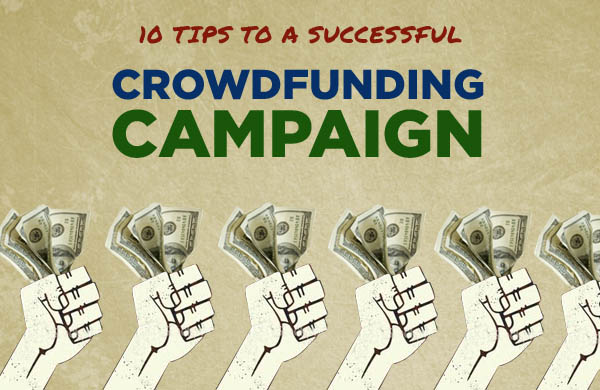
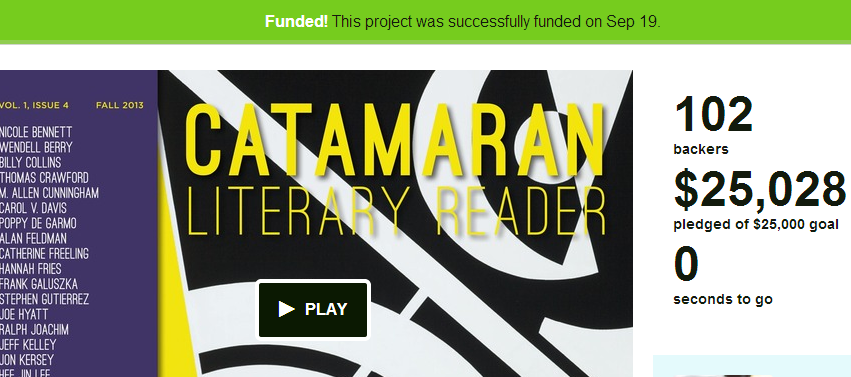
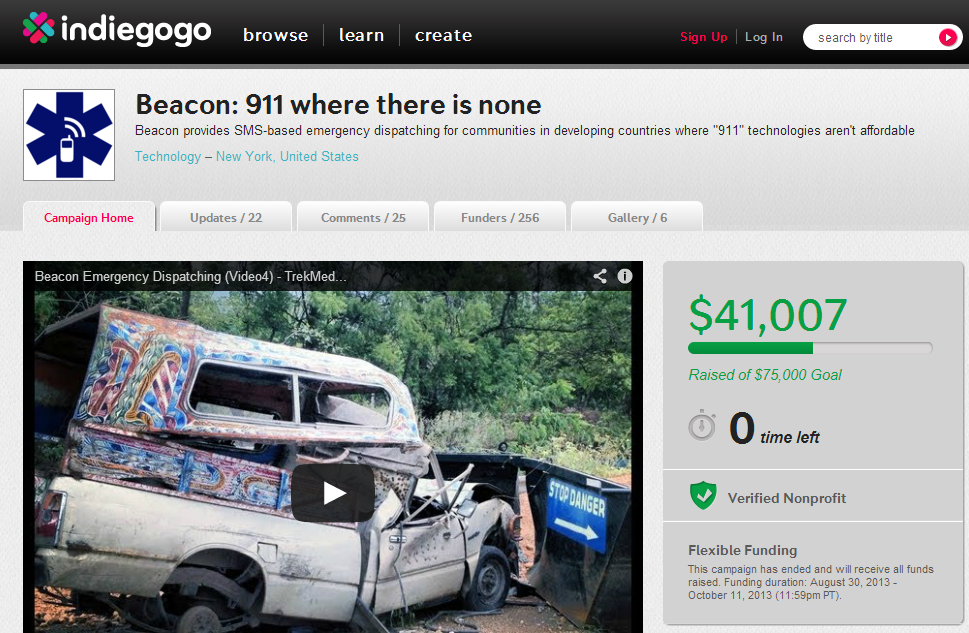

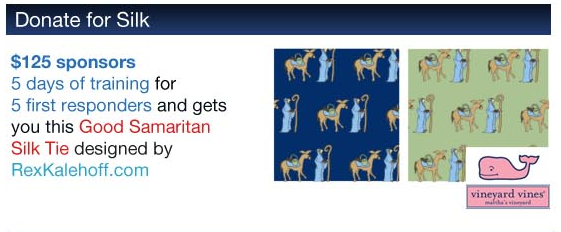
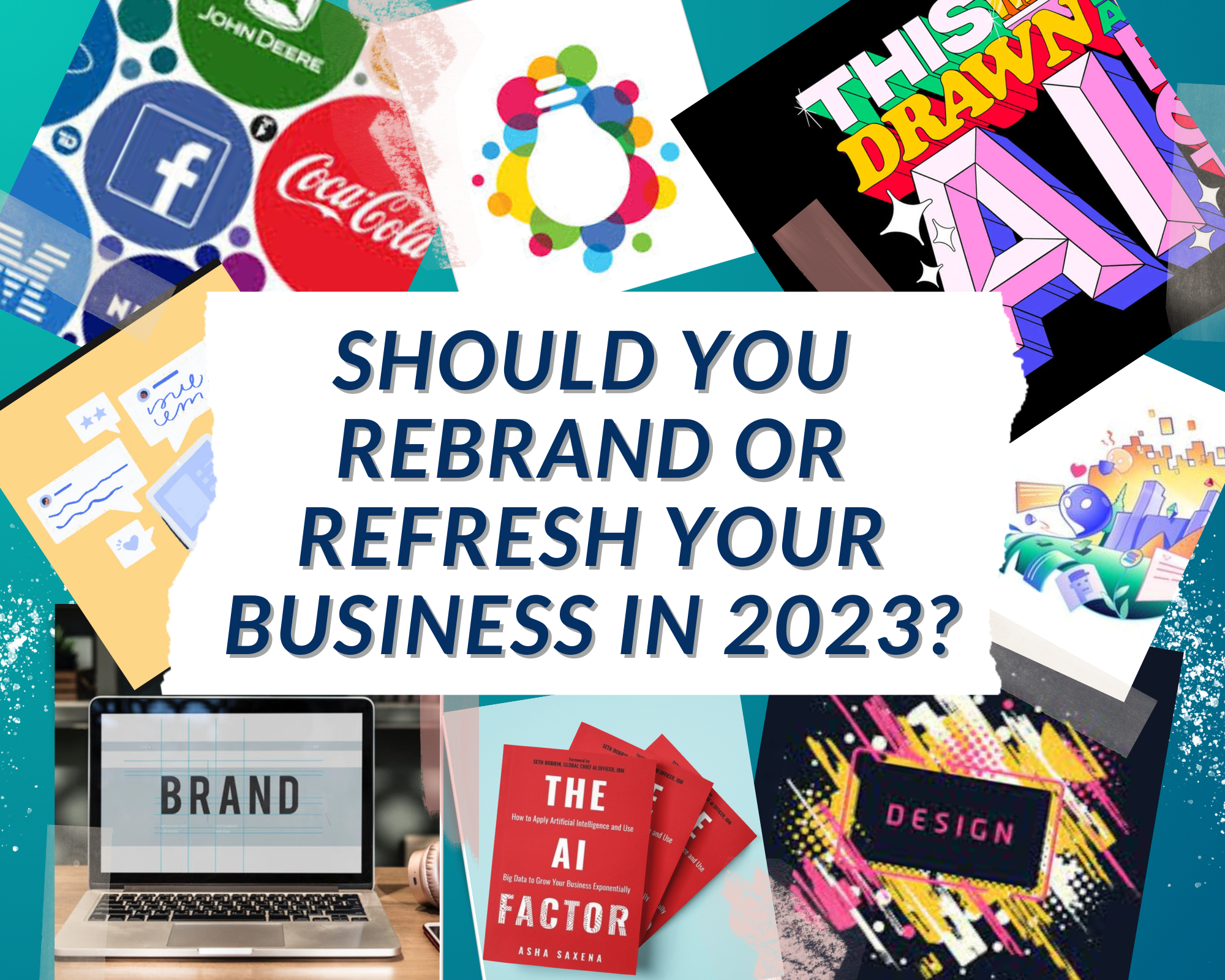


2 Responses
Hey good tips here, for those of us w/o a budget for a marketing team, what would you suggest?
Hi Karl,
If you do not have a budget for a marketing team, you would need to be your marketing team and seek volunteers or interns to which you can delegate tasks. What we wrote in the blog above needs to be taken on whether you have a marketing team or not. After all, you are the one telling your story, and it is your passion and your belief of that passion that others will see. So, as we stated above:
1. Build up a good email list, have a list of emails from supporters – for the soft launch, you would need to send out emails letting your supporters know that you will be launching a fundraiser, and that you need them to contribute to “hit your first benchmark,” (see 2nd part of #6)
2. Build up a fan base on any social network (# 8 above)
3. We believe having a press list is important, so contacting niche networks or blogs in advance of your campaign, asking them to accept a blog or press release that you write, will give your campaign a good boost. #3 above.
Finally, be creative and transparent, #7 & 9 above.